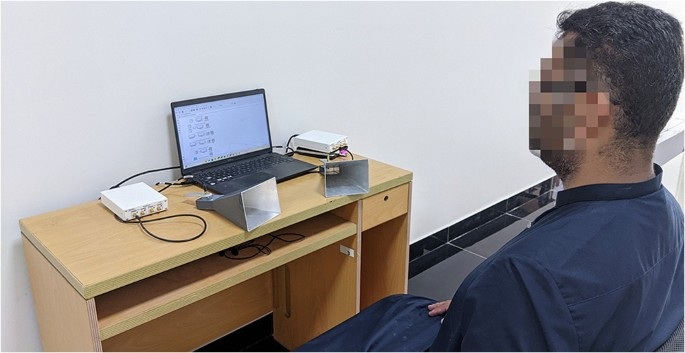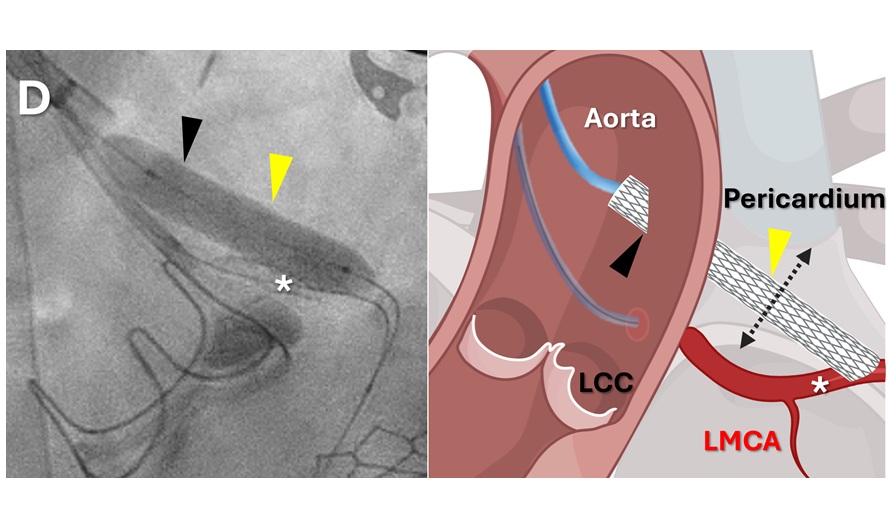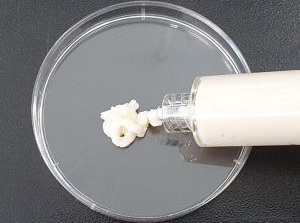Tenfold Growth Foreseen for Global Telehealth Market
|
By HospiMedica International staff writers Posted on 02 Feb 2014 |
The global telehealth market is expected to grow by more than a factor of 10 by 2018, as medical providers increasingly employ remote communications and monitoring technology to reduce costs and improve the quality of care. These are the latest findings of IHS (Englewood, CO, USA), a leading global source of critical information and insight.
Telehealth, defined as the use of medical devices and communication technology together to monitor diseases and symptoms, offers scalable healthcare in a cost-efficient way at a time of increasing pressure on the healthcare sector for personnel and resources. It is especially helpful in managing the chronic conditions of those aged 65 and older—a group that constitutes a large percentage of the overall population—in the face of all-time-high levels of cardiovascular diseases, diabetes, cancer, and obesity.
While telehealth mainly has been applied to post-acute patients, providers are now looking to monitor the health of entire populations. This process, called population health management (PMH), is further expanding the total available market for telehealth. Other factors that will benefit the expansion of telehealth include the anticipated growth in wearable technology and the quantified self within a connected home context, aimed at developing a sustainable platform for preventive care.
Results from telehealth programs have revealed sharp decreases in readmission rates and mortality rates, alongside increases in adherence through patient engagement. These benefits make a strong business case for telehealth and will result in greater reimbursement from regulatory bodies. As a result, providers will integrate telehealth into their healthcare delivery. The introduction of mobile health hubs is also boosting the market, lowering the cost of telehealth while increasing overall value propositions.
“Amid rising expenses, an aging population, and the increasing prevalence of chronic diseases, the healthcare industry must change the way it operates,” said Roeen Roashan, medical devices and digital health analyst at IHS Technology. “Telehealth represents an attractive solution to these challenges, increasing the quality of care while reducing overall healthcare expenditures.”
The number of patients using telehealth services is expected to rise to 7 million by 2018, up from less than 350,000 in 2013. The subsequent worldwide revenue for telehealth devices and services is concomitantly expected to swell to USD 4.5 billion in 2018, up from USD 440.6 million in 2013.
Related Links:
IHS
Telehealth, defined as the use of medical devices and communication technology together to monitor diseases and symptoms, offers scalable healthcare in a cost-efficient way at a time of increasing pressure on the healthcare sector for personnel and resources. It is especially helpful in managing the chronic conditions of those aged 65 and older—a group that constitutes a large percentage of the overall population—in the face of all-time-high levels of cardiovascular diseases, diabetes, cancer, and obesity.
While telehealth mainly has been applied to post-acute patients, providers are now looking to monitor the health of entire populations. This process, called population health management (PMH), is further expanding the total available market for telehealth. Other factors that will benefit the expansion of telehealth include the anticipated growth in wearable technology and the quantified self within a connected home context, aimed at developing a sustainable platform for preventive care.
Results from telehealth programs have revealed sharp decreases in readmission rates and mortality rates, alongside increases in adherence through patient engagement. These benefits make a strong business case for telehealth and will result in greater reimbursement from regulatory bodies. As a result, providers will integrate telehealth into their healthcare delivery. The introduction of mobile health hubs is also boosting the market, lowering the cost of telehealth while increasing overall value propositions.
“Amid rising expenses, an aging population, and the increasing prevalence of chronic diseases, the healthcare industry must change the way it operates,” said Roeen Roashan, medical devices and digital health analyst at IHS Technology. “Telehealth represents an attractive solution to these challenges, increasing the quality of care while reducing overall healthcare expenditures.”
The number of patients using telehealth services is expected to rise to 7 million by 2018, up from less than 350,000 in 2013. The subsequent worldwide revenue for telehealth devices and services is concomitantly expected to swell to USD 4.5 billion in 2018, up from USD 440.6 million in 2013.
Related Links:
IHS
Latest Business News
- Philips and Masimo Partner to Advance Patient Monitoring Measurement Technologies
- B. Braun Acquires Digital Microsurgery Company True Digital Surgery
- CMEF 2025 to Promote Holistic and High-Quality Development of Medical and Health Industry
- Bayer and Broad Institute Extend Research Collaboration to Develop New Cardiovascular Therapies
- Medtronic Partners with Corsano to Expand Acute Care & Monitoring Portfolio in Europe
- Expanded Collaboration to Transform OR Technology Through AI and Automation
- Becton Dickinson to Spin Out Biosciences and Diagnostic Solutions Business
- Boston Scientific Acquires Medical Device Company SoniVie
- 2026 World Hospital Congress to be Held in Seoul
- Teleflex to Acquire BIOTRONIK’s Vascular Intervention Business
- Philips and Mass General Brigham Collaborate on Improving Patient Care with Live AI-Powered Insights
- Arab Health 2025 Celebrates Landmark 50th Edition
- Boston Scientific Acquires Medical Device Company Intera Oncology
- MEDICA 2024 to Highlight Hot Topics of MedTech Industry
- Start-Ups To Once Again Play Starring Role at MEDICA 2024
- Boston Scientific to Acquire AFib Ablation Company Cortex
Channels
Critical Care
view channel
Pill Reports from Stomach When It Has Been Swallowed
Failure to take medications on time is a major challenge in healthcare and contributes to hundreds of thousands of preventable deaths and billions of dollars in avoidable costs each year.... Read more
Wireless Sensing Technology Enables Touch-Free Diagnostics of Common Lung Diseases
Diagnosing lung diseases often requires physical contact, imaging scans, or specialized equipment, which can limit access in low-resource settings and increase infection risk during outbreaks.... Read more
Early Detection and Targeted Blood Purification Could Prevent Kidney Failure in ICU Patients
Acute kidney injury (AKI) is one of the most dangerous complications in intensive care units, affecting up to half of critically ill patients and sharply increasing mortality risk. A common but preventable... Read moreSurgical Techniques
view channel
Minimally Invasive Coronary Artery Bypass Method Offers Safer Alternative to Open-Heart Surgery
Coronary artery obstruction is a rare but often fatal complication of heart-valve replacement, particularly in patients with complex anatomy or prior cardiac interventions. In such cases, traditional open-heart... Read more
Injectable Breast ‘Implant’ Offers Alternative to Traditional Surgeries
Breast cancer surgery can require the removal of part or all of the breast, leaving patients with difficult decisions about reconstruction. Current reconstructive options often rely on prosthetic implants... Read morePatient Care
view channel
Revolutionary Automatic IV-Line Flushing Device to Enhance Infusion Care
More than 80% of in-hospital patients receive intravenous (IV) therapy. Every dose of IV medicine delivered in a small volume (<250 mL) infusion bag should be followed by subsequent flushing to ensure... Read more
VR Training Tool Combats Contamination of Portable Medical Equipment
Healthcare-associated infections (HAIs) impact one in every 31 patients, cause nearly 100,000 deaths each year, and cost USD 28.4 billion in direct medical expenses. Notably, up to 75% of these infections... Read more
Portable Biosensor Platform to Reduce Hospital-Acquired Infections
Approximately 4 million patients in the European Union acquire healthcare-associated infections (HAIs) or nosocomial infections each year, with around 37,000 deaths directly resulting from these infections,... Read moreFirst-Of-Its-Kind Portable Germicidal Light Technology Disinfects High-Touch Clinical Surfaces in Seconds
Reducing healthcare-acquired infections (HAIs) remains a pressing issue within global healthcare systems. In the United States alone, 1.7 million patients contract HAIs annually, leading to approximately... Read moreHealth IT
view channel
EMR-Based Tool Predicts Graft Failure After Kidney Transplant
Kidney transplantation offers patients with end-stage kidney disease longer survival and better quality of life than dialysis, yet graft failure remains a major challenge. Although a successful transplant... Read more
















